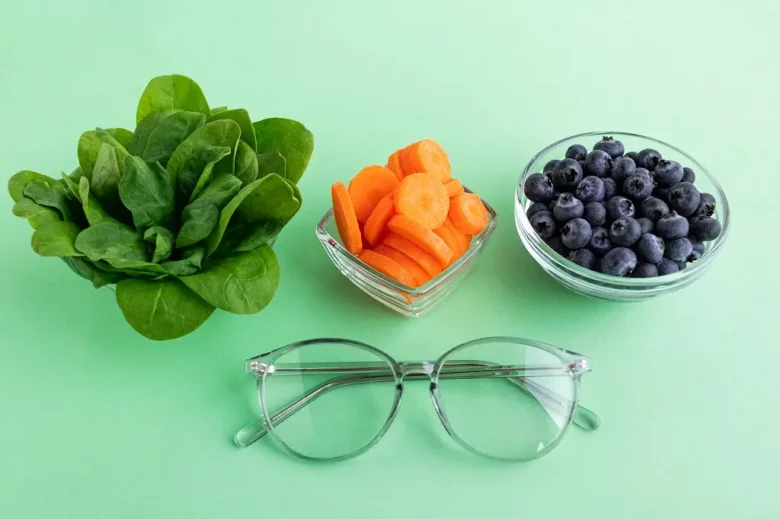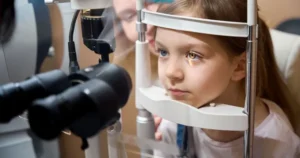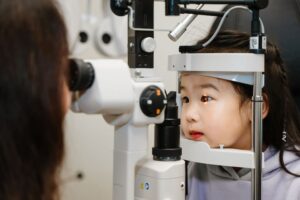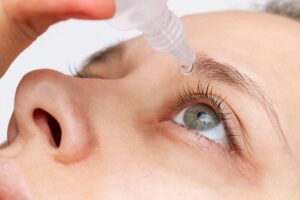Your eyes are the ones who see the world, but how often do you think about their health while shopping? Now that computer screens are so commonplace, protecting your eyes is more important than ever. You don’t have to spend a fortune to protect your eyes. Many inexpensive foods are rich in vital nutrients that can keep your eyes healthy and prevent vision problems.
This article introduces seven affordable foods that are good for your eyes. You’ll also find practical tips, a nutritional comparison list of different foods, and answers to some frequently asked questions.
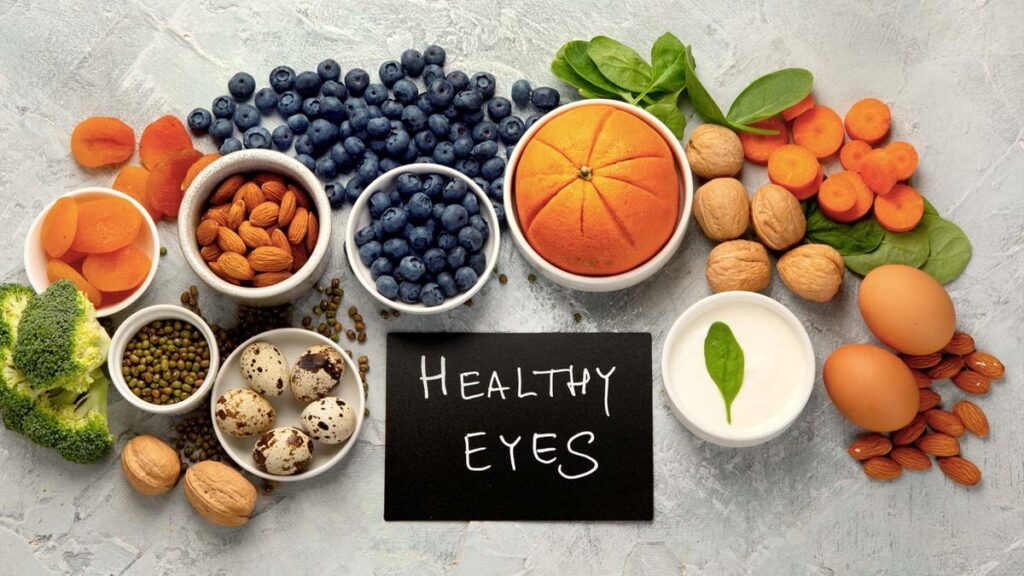
1. Carrots
Many carrots contain beta-carotene, a component of vitamin A, which is essential for good vision. Vitamin A helps keep the surface of the eye healthy, thus reducing the risk of nighttime dryness and blindness.
If you’re on a budget, buy whole carrots instead of baby carrots. They’re healthier and more affordable. You can also chop them and add them to soups or salads for a different flavor.
2. Spinach
A nutritious leafy green, spinach is rich in lutein and zeaxanthin, two vitamins that help block harmful blue light and reduce the risk of age-related macular degeneration (AMD). It’s also rich in vitamins C and E, which are crucial for eye health.
Budget tip: Frozen spinach is cheaper, keeps longer, and retains most of its nutrients.
3. Eggs
Egg yolks are another good source of lutein, zeaxanthin, and zinc. Zinc helps maintain eye health and may slow the progression of age-related macular degeneration (AMD).
Budget tip: Eggs are one of the cheapest ways to get protein and nutrients. You can save even more if you buy in bulk or during weekly sales.
4. Sweet
Sweet potatoes are rich in beta-carotene and vitamin E. These nutrients help maintain eye health and protect eye cells from damage.
To save money, store sweet potatoes in a cool, dry place. They’re inexpensive and have a long shelf life, making them perfect for budget-conscious meal planning.
5. Citrus fruits
Vitamin C, an antioxidant, helps keep the blood vessels in your eyes healthy. Oranges are rich in vitamin C. They also reduce the risk of cataracts and slow the progression of age-related macular degeneration (AMD).
To save money on oranges, buy them in bulk or multipacks. For a natural, sugar-free drink, juice your own.
6. Sunflower Seeds
These tiny seeds are packed with vitamin E, which helps protect eye cells from oxidative stress. Even a handful can benefit your health.
To save money, buy large, unprocessed packages of sunflower seeds. They’re cheaper and more versatile. You can add them to soups, yogurt, or simply eat them as a snack.
7. Canned Tuna
Omega-3 fatty acids help maintain retinal health and reduce the risk of dry eyes. They can be found in inexpensive canned tuna.
Money-Saving Tip: If you’re looking for a healthier diet, choose tuna in water. Also, buy more when it’s on sale. If possible, choose canned tuna that’s free of bisphenol A (BPA).
Nutrient Comparison Chart: Budget-Friendly Eye-Boosting Foods
Here’s a comparison of the key nutrients in each of the foods discussed:
| Food | Key Nutrients | Eye Health Benefit | Average Cost (USD) |
|---|---|---|---|
| Carrots | Beta-carotene (Vitamin A) | Prevents night blindness | $0.80/lb |
| Spinach (frozen) | Lutein, Zeaxanthin, Vitamin C | Filters blue light, protects retina | $1.50/lb |
| Eggs | Lutein, Zeaxanthin, Zinc | Supports retina, reduces AMD risk | $2.00/dozen |
| Sweet Potatoes | Beta-carotene, Vitamin E | Supports cell health, antioxidant protection | $0.90/lb |
| Oranges | Vitamin C | Strengthens eye blood vessels | $0.70/orange |
| Sunflower Seeds | Vitamin E | Reduces oxidative stress | $3.00/lb (bulk) |
| Canned Tuna | Omega-3 Fatty Acids | Protects retina, prevents dry eyes | $1.00/can |
FAQ
Q1: How many of these things should I eat to keep my eyes healthy?
Try to eat a variety of these things every week for a healthy diet. Leafy greens should be eaten two to three times a week, and you should eat at least one carrot or citrus fruit every day.
Q2: Can these foods completely protect against eye diseases?
They can lower the risk of damage and slow it down, but they shouldn’t be used instead of regular eye checks or medical care. A diet is not a fix; it is a way to help.
Q3: Can vitamins be used instead of these foods?
As for the answer, whole foods are better because they have more fiber and proteins. If you don’t get enough of something, supplements can help, but talk to your doctor first.
Q4: What other habits do you have that help keep your eyes healthy?
Do not only watch what you eat, but also wear sunglasses outside, follow the 20-20-20 rule (look 20 feet away for 20 seconds every 20 minutes), and drink plenty of water.
Q5: How should people with diabetes or other health problems take care of their eyes?
Most of these things are safe and low in sugar, but it’s important to watch how much you eat. If you have to watch what you eat, you should always talk to your doctor.
In conclusion
Taking care of your eyes doesn’t cost a lot of money. You can naturally protect your eyesight by eating these cheap, healthy foods. For the best results, use them along with healthy habits and regular eye exams. In the long run, both your eyes and your wallet will be grateful.

